Published in 2015 by Cavendish Square Publishing, LLC
243 5th Avenue, Suite 136, New York, NY 10016
Copyright 2015 by Cavendish Square Publishing, LLC First Edition
No part of this publication may be reproduced, stored in a retrieval system, or transmitted in any form or by any means-electronic, mechanical, photocopying, recording, or otherwise-without the prior permission of the copyright owner. Request for permission should be addressed to Permissions, Cavendish Square Publishing, 243 5th Avenue, Suite 136, New York, NY
10016. Tel (877) 980-4450; fax (877) - 4454 .
Website: cavendishsq.com
This publication represents the opinions and views of the author based on his or her personal experience, knowledge, and research. The information in this book serves as a general guide only. The author and publisher have used their best efforts in preparing this book and disclaim liability rising directly or indirectly from the use and application of this book.
CPSIA Compliance Information: Batch #WS14CSQ
All websites were available and accurate when this book was sent to press.
Library of Congress Cataloging-in-Publication Data Hamilton, Sam.
Discovering Mission San Carlos Borromeo del Rio Carmelo / Sam Hamilton. pages cm. (California missions)
Includes index.
ISBN 978-1-62713-076-9 (hardcover) ISBN 978-1-62713-078-3 (ebook)
1. Mission San Carlos Borromeo (Carmel, Calif.)HistoryJuvenile literature. I. Title.
F869.M653E34 2015
. ' dc
2014005335
Editorial Director: Dean Miller Editor: Kristen Susienka Copy Editor: Cynthia Roby Art Director: Jeffrey Talbot Designer: Douglas Brooks Photo Researcher: J8 Media Production Manager: Jennifer Ryder-Talbot Production Editor: David McNamara
The photographs in this book are used by permission and through the courtesy of: Cover photo by UIG/Getty Images; Zack Frank/Shutterstock.com, 1; Jorg Hackemann/Shutterstock.com, 4; Courtesy California Missions Resource Center (CMRC), 6; Courtesy of UC Berkeley, Bancroft Library, 7; Ann Thiermann/Dancing at Quiroste/Ann Thiermann, 8; Buyenlarge/ Archive Photos/Getty Images, 10; 2012 Pentacle Press, 11; 2014 Pentacle Press, 12; Universal Images Group/ SuperStock, 15; 2012 Pentacle Press, 17; Courtesy CMRC, 18; 2012 Pentacle Press, 20-21; 2012 Pentacle Press, 24; North Wind/North Wind Picture Archive, 26; Courtesy CMRC, 30; Everett Collection/SuperStock, 31; Courtesy CMRC, 33;
Jorg Hackemann/Shutterstock.com, 34.
Printed in the United States of America
Contents
1
Exploring a New World
Tucked into a valley about 6 miles (9.7 kilometers) from the Pacific Ocean stands a yellow building with rounded turrets and a wood door. This is Mission San Carlos Borromeo del Rio Carmelo, one of the oldest missions in California. Above the mission's church door is a star-shaped window. Known as the Mudejar Star, it is influenced by Middle Eastern architecture. This is a place with a unique and interesting story.
Built by Spanish friars (or frays in Spanish), soldiers, and Native Californians in the 1700s, Mission San Carlos Borromeo del Rio Carmelo was the second of twenty-one missions founded by the Spanish along the coast of the Pacific Ocean between 1769 and 1823. The missions were intended to bring the Christian religion to the indigenous people and to increase the size and wealth of the Spanish empire.
expanding Spain's empire
The Spanish government sent men to explore the lands of the New World in search of riches, including gold. Their goal was to claim these new lands and any resources there as their own, making them the property of the Spanish empire. Several explorers sailed north from New Spain up and down the Alta California and Baja California coasts. Alta in Spanish means upper, and refers to the land that is now part of the state of California. Lower, or Baja California, refers to the land below it, reaching into Mexico. The new lands they conquered were named New Spain, and spread across modern-day Mexico and the southwestern United States.
Sebastian Vizcaino was one Spanish explorer sent to the New World to claim land for Spain.
In 1542, Juan Rodriguez Cabrillo sailed up the coast of California from New Spain to find a river connecting the Pacific and the Atlantic Oceans. Cabrillo landed in what would later be called San Diego Bay. He and his crew met local Native Americans and traded beads and cloth for food. Cabrillo described the indigenous people as friendly and peaceful.
In 1602, the Spanish government sent explorer Sebastian Vizcaino to Alta California to search for new land. He discovered Monterey Bay and Carmel, where Mission San Carlos Borromeo del Rio Carmelo would be located, and claimed the land for the Spanish empire. Reaching shore, members of the expedition went on land and held a Catholic Mass, or church service, under an oak tree. They named the area Carmel after Mount Carmel in present-day Israel.
2
The Esselen and Ohlone
When the first Europeans visited Alta California, more than 300,000 Native Californians lived there. The indigenous people of California were actually from a variety of different tribes. Each tribe had their own beliefs and cultural practices. They considered certain areas of land as their own territory. Occasionally tribes would fight over the right to use these areas. The indigenous people who lived near Carmel were known as the Esselen and the Ohlone.

Before Europeans arrived, Native Americans lived for thousands of years in California, each tribe with their own unique history, beliefs, language, and traditions.
Not much is known about the Esselen, who were almost completely wiped out by the changes brought about by the arrival of the Spanish. Much of their culture is shrouded in mystery. As a result, most of the information we have about the Esselen is conjecture, or educated guesses. The Ohlone, however, had a much larger population than the Esselen, and much of their culture has been recorded, preserved, studied, and is even still practiced today. Much of what we know about both tribes we have learned from the history of the Ohlone.
hunting and gathering
The Native Californians did not stay in one place. Tribes often had more than one village, and moved between them depending on the season and food supply. If one area became low on water, food, or building supplies, they moved to another area and gave the original site time to renew itself.
Both the Ohlone and Esselen hunted and gathered their food. They ate plants, nuts, insects, fish, and other animals. The Esselen didn't eat coyote or owl because they thought that these animals were sacred. They believed that people who died came back as owls. The Ohlone ate large amounts of shellfish and smelt, a type of fish that is plentiful near the Pacific Coast.

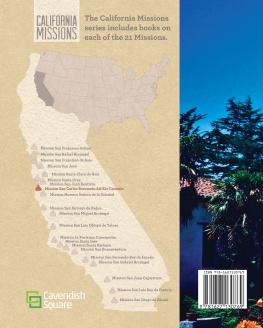
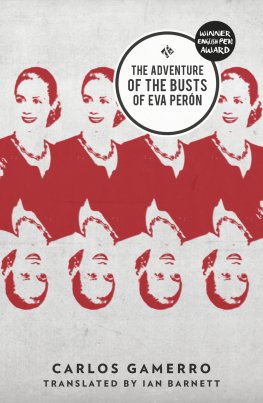

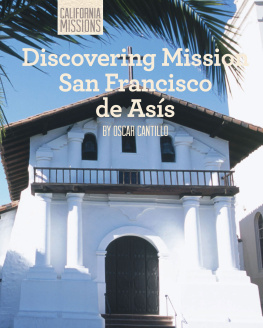
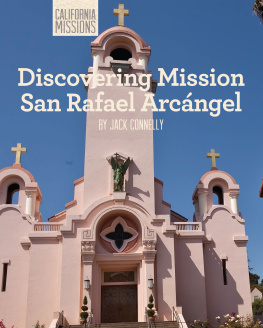
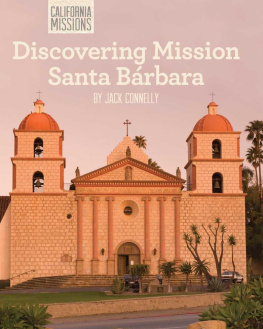
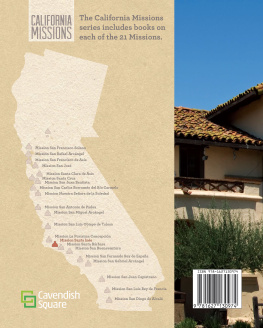
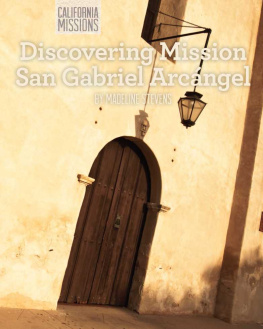


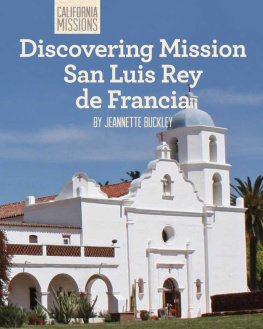
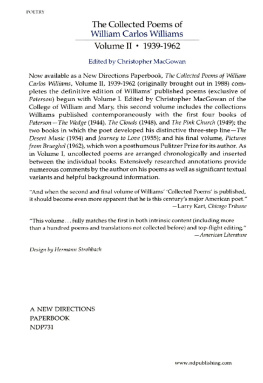


.jpg)


.jpg)